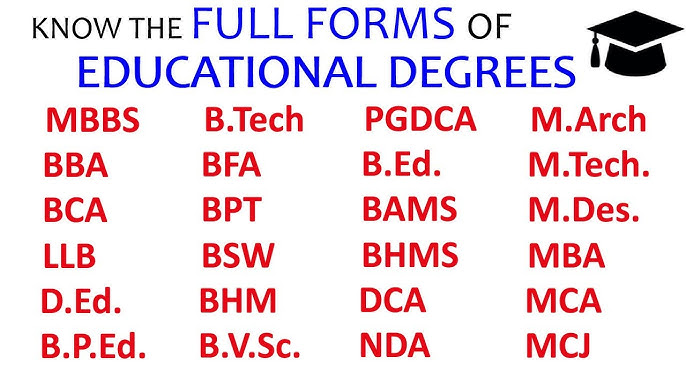Sibghat Ullah Khan, J.@mdashHeard learned Counsel for both the parties at the admission stage under Order XLI, Rule 11, C.P.C. This is defendants'' second appeal arising out of Regular Suit No. 86 of 1994, Mehar Tilat v. Zakir Ali and others. The suit was dismissed on 4.12.1998 by Additional Civil Judge (J.D.), Mohammadi, District Lakhimpur Khiri. Against the said decree, plaintiff-respondent filed Civil Appeal No. 8 of 1999. Vth A.D.J., Lakhimpur Khiri allowed the appeal through judgment and decree dated 16.10.2001 set aside the decree passed by the Trial Court and decreed the suit of the plaintiff-respondent restraining the defendants from interfering in the ownership and possession of the plaintiff over the land in dispute, however it was clarified that the decree would have no adverse effect on Muslim residents of the village. The property in dispute is agricultural land bearing Plot No. 230, area 0.222 hectare situate in village Magraina Pargana and Tehsil Mohammadi, District Lakhimpur Khiri. Undisputedly, plaintiff is bhumidhar of the land in dispute and was recorded as such in the revenue records. It was alleged in the plaint that about a year before defendants made efforts to bury the taziya in the land in dispute. Relief claimed was that defendants appellants, who are nine in number must be restrained from doing so.
2. The defendants pleaded that since time immemorial, they were burring the taziya in the land in dispute during Moharram and they had acquired easementary/customary right. They also pleaded that they were holding fair and a longer every year in Moharram in which all the Muslim residents of the village, who were about 500 in number were participating and these activities were being done for hundreds of year in Moharram and Chehallam. It was also pleaded that for the said purpose, Abdul Wajid Khan, father of the plaintiff and his ancestors had granted the permission. It was also stated in the cross-examination by D.W. 2 that father of the plaintiff had granted permission to bury the taziyas but it was oral and not in writing. D.W. 2, Hasan Ali, who gave the said statement, subsequently stated in his cross-examination that even before the permission, taziyas were being buried in the land in dispute. D.W. 3, Habib Ali also stated the same thing that father of the plaintiff had granted the permission but even before grant of permission taziyas were being buried in the land in dispute and fair etc. was being held.
3. Lower Appellate Court mentioned that it was not explained that in case since times immemorial, the land in dispute was being used as Karbala (for burying the taziyas and holding longer etc.) then what was the need of obtaining permission of plaintiff''s father. Accordingly, the Lower Appellate Court held that it was not proved that any permission was granted by the plaintiff''s father. Lower Appellate Court further held that in the revenue records of 1391 and 1392 Fasli (1983-85 A.D.) in khasra word ''Karbala'' was mentioned and in revenue record of 1402 Fasli (1994-95 A.D.) in the last column it was mentioned that in Plot No. 230-a, taziya was buried. However, in all these khasras name of plaintiff or her father was mentioned, and crop and grove was also mentioned. Lower Appellate Court further mentioned that consolidation had also taken place and during consolidation the word ''Karbala'' was not mentioned in the revenue records.
4. The fantastic case taken up by the defendants that due to the influence of the plaintiff and her husband, the revenue officers did not record the word ''Karbala'' in the revenue records was disbelieved by the Lower Appellate Court. D.W. 3 admitted that the villagers did not make any efforts to get the land entered as ''Karbala'' in the revenue records.
5. The Lower Appellate Court further held that apart from khasras of 1391, 1392 and 1402 Fasli, in no other khasra ''word'' Karbala was mentioned or it was mentioned that taziyas were buried in the plot in dispute. Oral evidence particularly of the defendants was also discussed by the Lower Appellate Court.
6. The Lower Appellate Court also held that even if it was assumed that for some years, taziyas were being buried in the land in dispute, still the period was not hundreds of years or even 20 years hence defendants did not acquire any easementary right.
7. Lower Appellate Court further held that the Trial Court had wrongly granted relief to the defendants to the effect that defendants would be having right to bury taziya and holding mela and longer during Moharram and Chehallam even though there was no counter claim on their behalf.
8. The Lower Appellate Court further held that defendants had not sought any permission to defend the suit on behalf of the Muslim residents of the village under Order VIII, Rule 1, C.P.C. hence judgment would not be binding upon other Muslim residents.
9. I do not find any error in the impugned judgment and decree passed by the Lower Appellate Court. The entire evidence has been taken into consideration. The Trial Court was unnecessarily swayed by entries in three years'' khasras. The Trial Court did not take into consideration the statement of the defendants that father of the plaintiff had granted permission. Even if this statement is correct, it would go against the defendants as for easement express permission is antithesis.
10. Learned Counsel for appellant has cited several authorities particularly
11. In
12. In
13. The authorities of the Supreme Court in
14. I do not find any legal error in the impugned findings by the Lower Appellate Court. Lower Appellate Court has found as a fact that it could not be proved by the defendants that since times immemorial they were burying the taziyas and holding fair and longer on Moharram and Chehallam in the land in dispute.
15. In respect of custom, reference may also be made to a recent authority by the Supreme Court in

